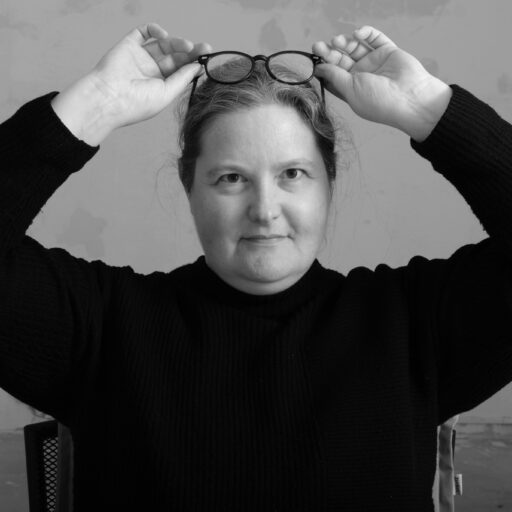Our next assignment is to submit an illustrated research project proposal. I published some first thoughts about a possible research project in my reflective presentation, which I submitted three weeks ago, and things have evolved considerably since then.
The original concept arose partly out of necessity: I have a corporate job with long hours, so need a subject which is close to hand and easily accessible to me. I’ve been taking photos along the stretch of railway between my home and my office for a long while now – often it’s the only chance to get out with a camera. And so it felt natural to extend that and come up with a tighter concept for the work, concentrating on something particular. The question was: what?
I first narrowed my topic geographically, deciding to concentrate on the “Stammstrecke“, a train line which cuts Vienna in two more or less top to bottom. It’s a significant transport artery for commuters, but intercity and international trains also run along this stretch of track, making it one of the busiest in the country. I wanted to build on that thing I’ve always done: walking around and taking photos of things that catch my eye, and focus on these ten stations. There are a number of different aspects I could consider. Calling on the methods of psychogeopgraphy, I could simply soak up the atmosphere and try to capture that. I could do a more detailed study of place, looking at particular details, like the station clocks or the architecture of the stations or the bulidings around them, or look at the street culture in the different areas of the city the line cuts through. I could study the idea of the journey – maybe delving deeper into physical or digital collages to show the journey in visual form. Or I could look at the commuting aspect, or the commuters themselves, as many other photographers have done, for example Kristian Leven, Sam Wright, Michael Wolf or Sascha van der Werf, whose stylised photos of commuters were done in Vienna.
I dug around these ideas for a while – I have some literature on the way from Iain Sinclair, for example, and I looked at the projects of other photographers such as Martin Parr and Yoichi Okamoto who have documented Vienna in very different ways
I also started to delve into the more documentary / ethnographic work of the Austrian collective Inselmilieu and legendary Austrian documentary maker Elisabeth T Spira.
But as I juggled concepts and ideas in my mind, I didn’t feel particularly satisfied. Frankly, it sounded a bit dry and boring. And since I’m averse to photographing people (more on that in my reflective presentation: link at the start of this post), the project seemed lacking a personal aspect, something relatable.
And so I got to thinking about why I kept coming back to this stretch of railway (other than riding it several days a week to get to work and back). Why had I narrowed my project down to this stretch of track, and not, say, the Vienna U-bahn system of underground trains? Or discovering the town I only moved to a year ago, which would actually be much closer?
As I thought about the stations on the line, I began to realise that there are some connections to these stations. For example Meidling, the first station on the line, was for a long time my gateway to Vienna when I was still living in the south of Austria. I would get off the train here to connect to other public transport that would take me to singing lessons, correpetition, or to visit friends. Later, it became my gateway to the South and to work while I was living in Vienna and still working the other side of the mountains.
Other stations have other connections for me – some more significant, some perhaps a little tenuous, but I could find clear personal connections to all ten stops. And this is what I want to explore. Life is a journey. This project would be life in a journey along the ten stops of Vienna’s “Stammstrecke”.
More on this as my ideas continue to develop

Leave a Reply